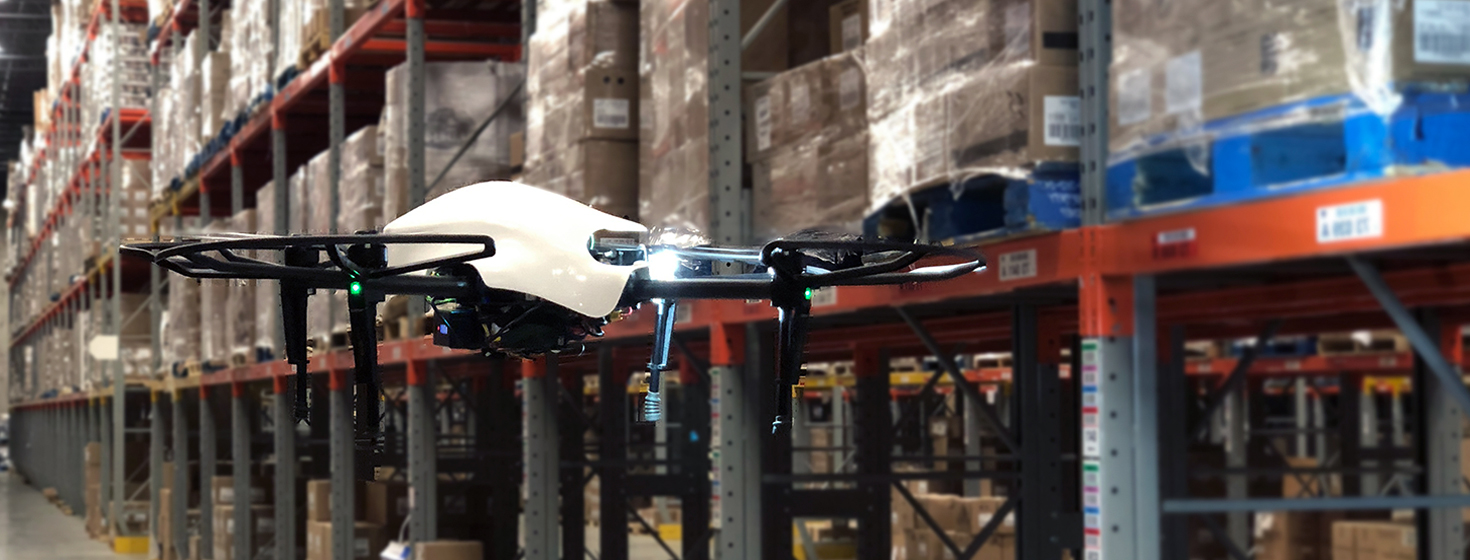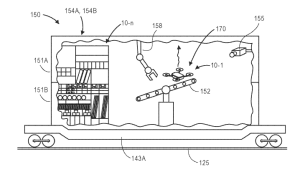The USC Marshall Center for Global Supply Chain Management stages “Covid-19: What’s Next?” live webinar on Wednesday, April 8, with the intention of bringing a new perspective to the crisis.
Webinar series part 2 features Jonathan Rosenthal, CEO of Saybrook Management, along with Chris Cookson, EY’s leader of U.S. West Supply Chain Operations.
The first session of “Connecting the World Through Networking Education and Advanced Research (NEAR) convened on March 4th, one of the most compelling presentations was made by Noel Hacegaba, deputy executive director of administration & operations at the Port of Long Beach.
He noted at the time that blank sailings in the transpacific with 20 percent of scheduled carrier calls curtailed, was having a negative impact across the supply chain.
“This led to concern that with a higher concentration of ship calls coming as a consequence, would lead to a mini-peak season every time,” he said.
Hacegaba, added that Long Beach was anticipating “a boomerang effect” – a surge of cargo that would create new challenges for the port’s supply chain partners.
That has yet to be realized, however, as the port continued to feel the economic effects of COVID-19 in March with more canceled sailings and a decline in cargo containers shipped through the nation’s second-busiest seaport.
Terminal operators and dockworkers moved 517,663 twenty-foot equivalent units (TEUs) last month, a 6.4% decline compared to March 2019. Imports were down 5% to 234,570 TEUs, while exports increased 10.7% to 145,442 TEUs. Empty containers shipped overseas dropped 21% to 137,652 TEUs.
Overseas health concerns over the coronavirus caused 19 canceled sailings to the Port of Long Beach during the opening quarter of 2020, which contributed to a 6.9% decline in cargo shipments compared to the first three months of 2019.
“The coronavirus is delivering a shock to the supply chain that continues to ripple across the national economy,” said Mario Cordero, Executive Director of the Port of Long Beach. “We’re definitely seeing a reduction in the flow of cargo at San Pedro Bay, but the ports remain open and operating, and we are maintaining business continuity.”
The frequency and intensity of cleaning efforts have been increased on the docks, at port offices and other common areas, in order to maintain the health and safety of dockworkers, truckers, terminal operators and others.
Read more at The USC Marshall Center for Global Supply Chain Management stages “Covid-19: What’s Next?”
Please share your opinions with us and subscribe to us for more updates.










